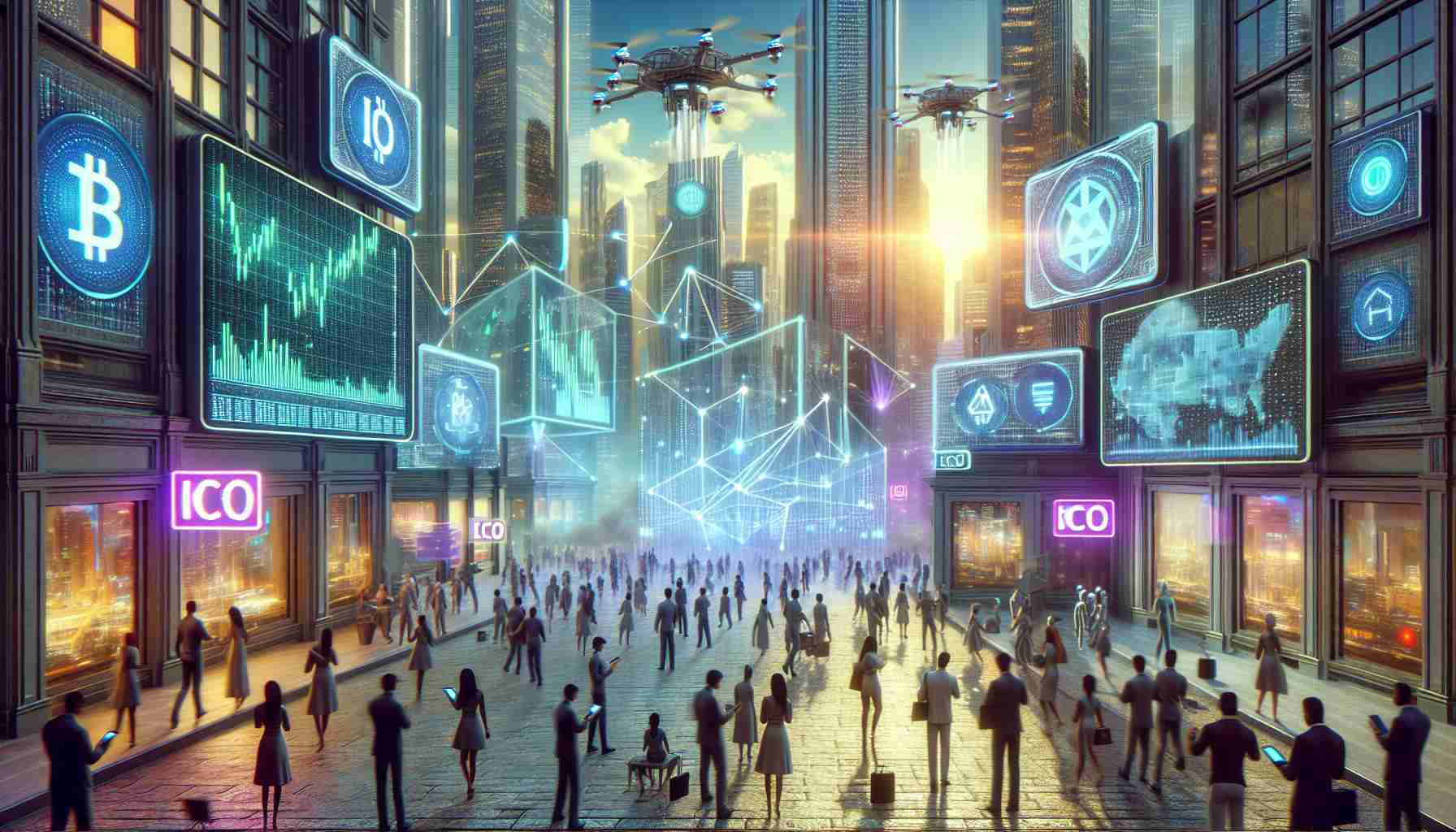Cryptocurrency and AI: The Symbiosis Shaping Future Finance
The intersection of cryptocurrency and artificial intelligence (AI) is setting the stage for a profound transformation in how we perceive value and trade in the future. Balaji Srinivasan, a forward-thinking former executive at Coinbase, has shared his vision with a vast online audience, proposing that these two technologies will fundamentally redefine the concept of money in the era of advanced AI.
As AI leads us towards an era characterized by digital abundance, cryptocurrency stands out as a beacon of digital scarcity. Srinivasan explains how cryptocurrency will be instrumental in establishing proof of human identity in a landscape where AI could easily mimic human attributes.
Three Pillars of Cryptocurrency in an AI-Driven World
Firstly, in an age where AI generates an abundance, cryptocurrency becomes the paragon of scarcity necessary for maintaining authenticity and value. Crypto assets could be used to differentiate human actions from those of AI, preserving the integrity of personal identity.
Secondly, the purpose of money as an intermediary between distinct economic entities endures. Even in a highly automated world, transactions involving resources or services controlled by various parties would still require a form of currency—cryptocurrency in this case—to facilitate exchanges.
Finally, Srinivasan postulates that while AI technology might render conventional scarcities obsolete, the fundamental concept of scarcity will persist. Advanced robotics could revolutionize everyday tasks, but the control over these robots, safeguarded by the security of cryptographic private keys, will emerge as a new form of precious commodity.
Bolstered by the secure foundation of web3 backends like Bitcoin and Ethereum, cryptocurrency is envisioned by Srinivasan as the most reliable form of security in an economy increasingly populated by autonomous agents and intelligent systems.
Integrating Cryptocurrency and AI in the Global Economy
The convergence of cryptocurrency and AI represents a novel synthesis with the potential to disrupt the traditional economy. Cryptocurrencies, using blockchain technology, provide a high level of security and transparency in transactions, which can prove to be an invaluable asset in a world where trust might be harder to establish due to the proliferation of advanced AI systems capable of deception.
AI, on the other hand, can enhance the functionality of cryptocurrencies through improved algorithms for trading, predicting market trends, and securing transactions against fraud. Smart contracts, powered by AI, could become self-adaptive and more efficient in automatic executions within the legal, business, and financial frameworks.
Key Questions and Answers
– How can cryptocurrency help establish proof of human identity against AI?
Cryptocurrency, through blockchain technology, can implement systems where a human identity is required to complete certain transactions, using biometric data and other unique identification methods that AI cannot replicate, ensuring that authenticity is maintained.
– What role does cryptocurrency play in transactions in a highly automated AI world?
Cryptocurrencies provide a decentralized and secure medium of exchange that can facilitate transactions autonomously, without the need for traditional financial institutions, which is crucial in a world dominated by AI-driven services and transactions.
Challenges and Controversies
One challenge is the regulatory uncertainty surrounding cryptocurrencies. Governments around the world are attempting to understand and legislate this new form of economic activity, which can lead to conflicts of jurisdiction and disparate approaches towards cryptocurrency regulation.
Another controversy lies in the environmental impact of cryptocurrency, particularly those that require intensive computational work to mine, such as Bitcoin. The carbon footprint associated with such processes is a matter of concern for environmentally conscious stakeholders.
Advantages and Disadvantages
Advantages:
– Decentralization ensures more autonomy and less reliance on traditional financial institutions.
– Enhanced security features inherent in blockchain technology help protect against fraud and theft.
– AI can optimize and automate complex financial operations, making them more efficient and reliable.
Disadvantages:
– The volatile nature of cryptocurrency prices may hinder its widespread adoption as a stable medium of exchange.
– The growing use of AI could potentially lead to concerns over unemployment and the ethical use of autonomous systems in financial decisions.
– Cryptocurrency transactions are largely irreversible, which might pose a problem in case of mistakes or fraud not covered by the blockchain’s security mechanisms.
For more information on cryptocurrency and AI, be sure to explore the following websites:
– Bitcoin
– Ethereum
Please note that the information provided here represents broader context and potential implications of the topic and is based on knowledge available as of the cutoff in early 2023. Always verify the currency of information and be wary of ongoing changes in the fields of cryptocurrency and AI.



